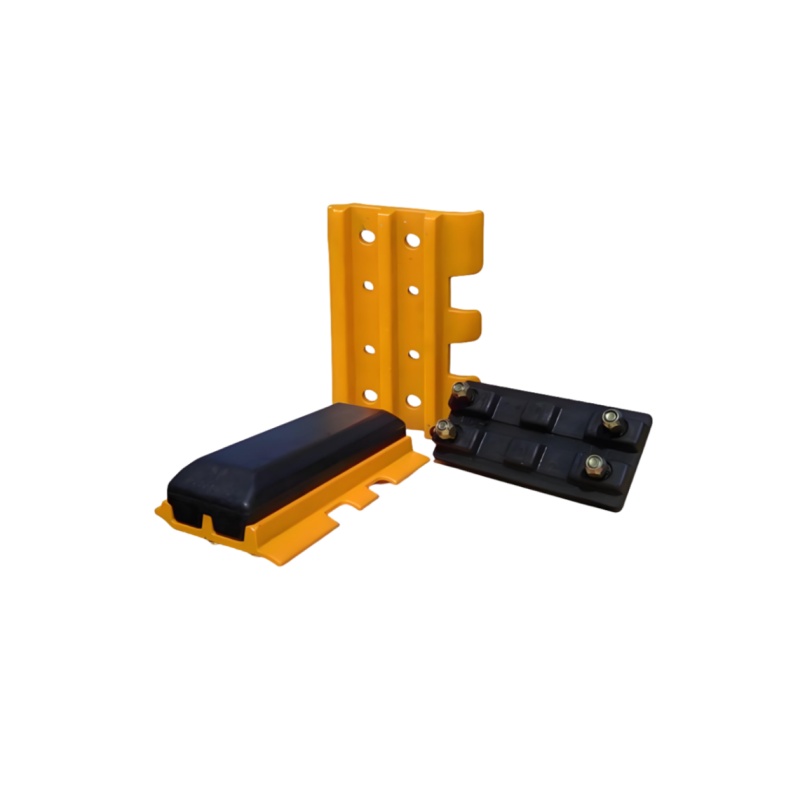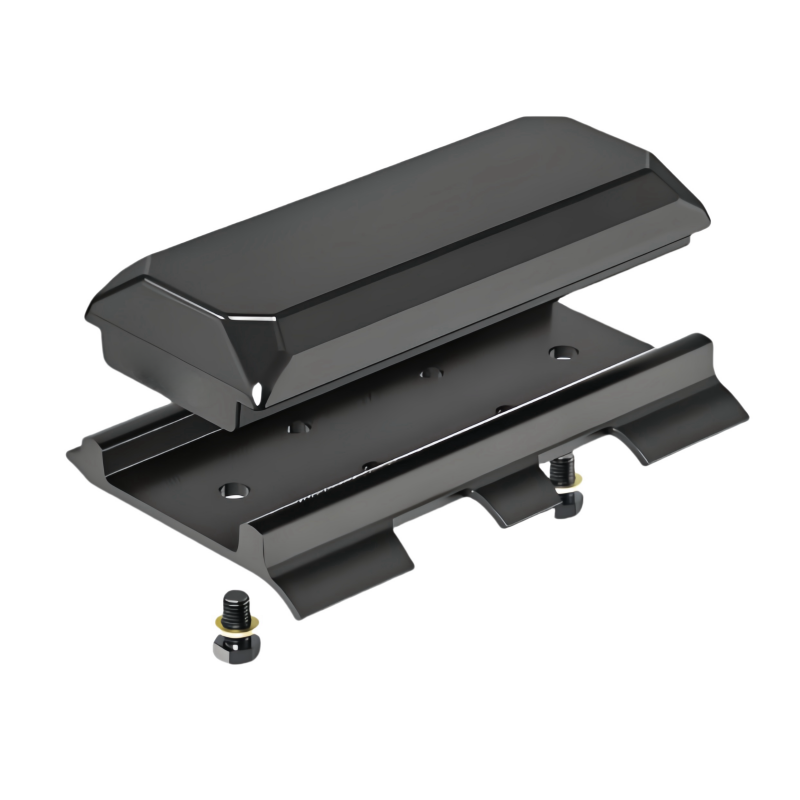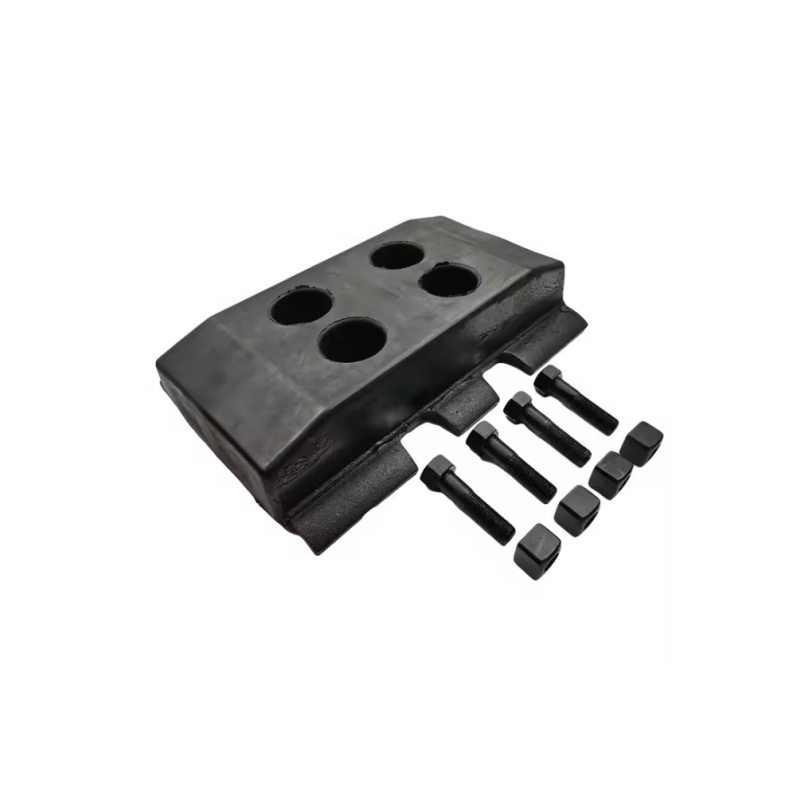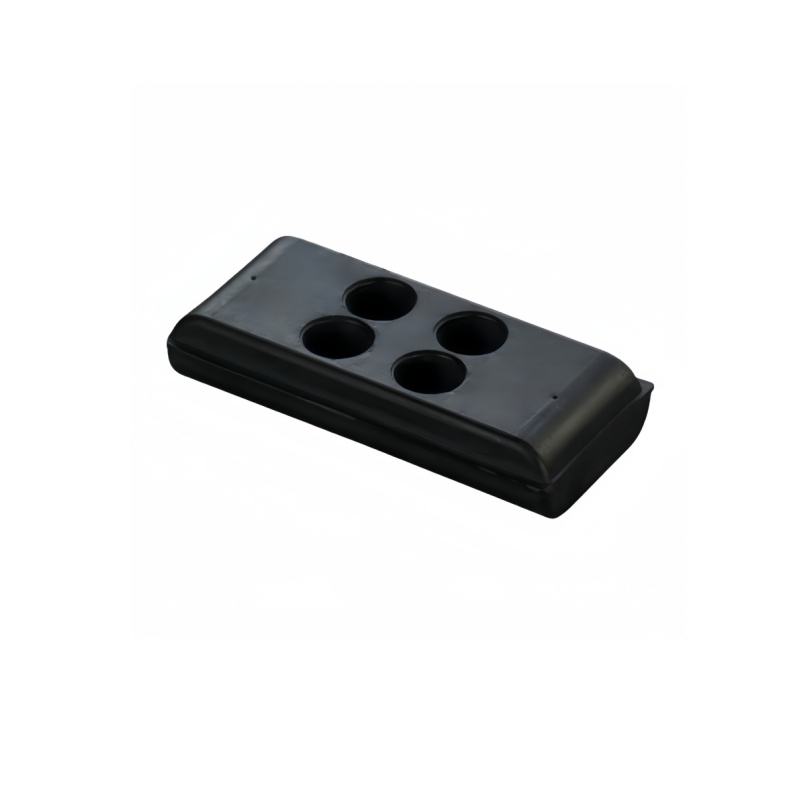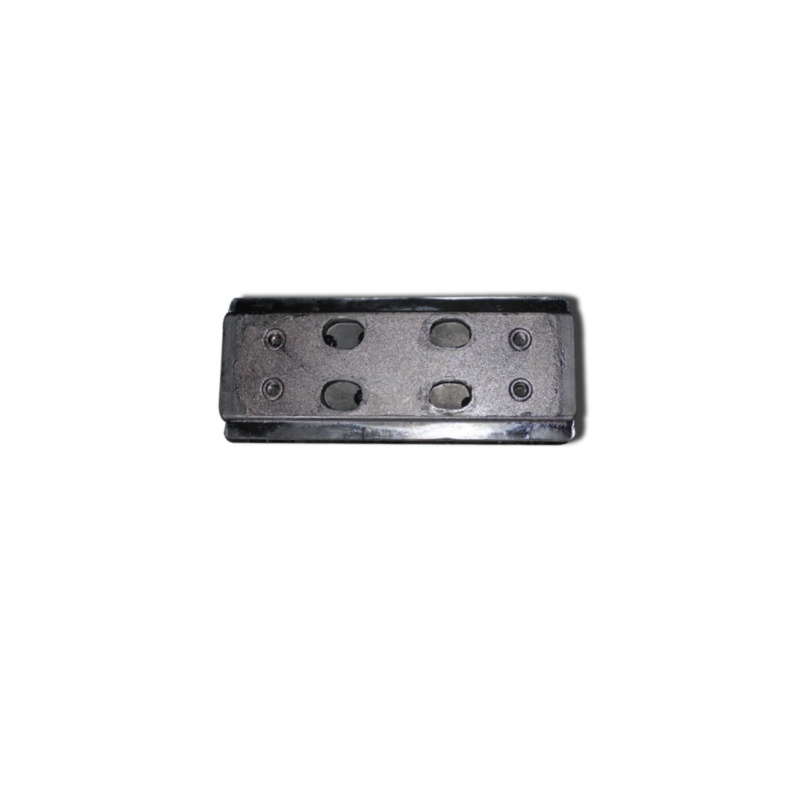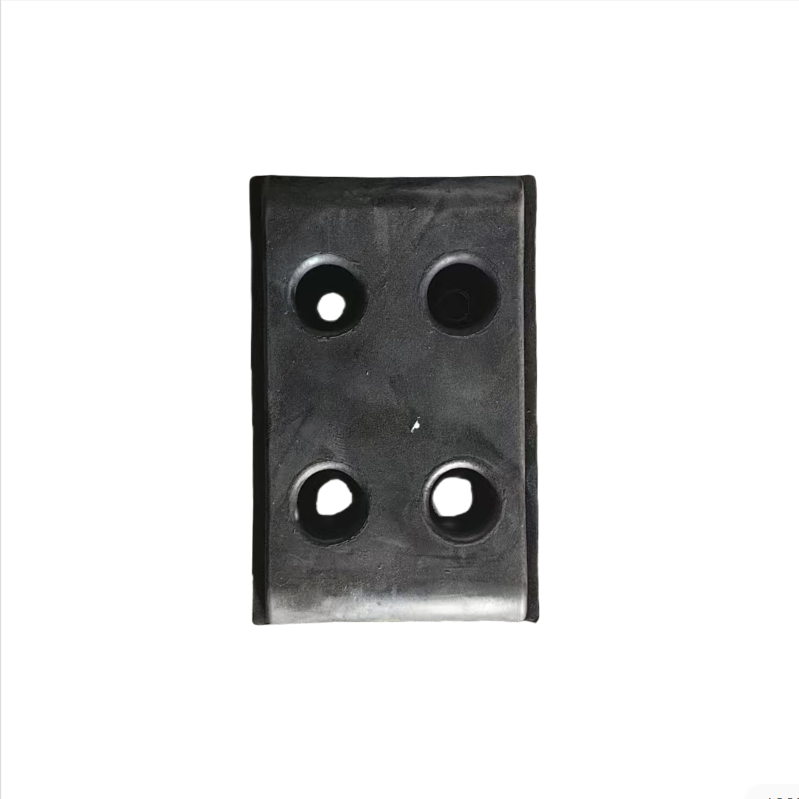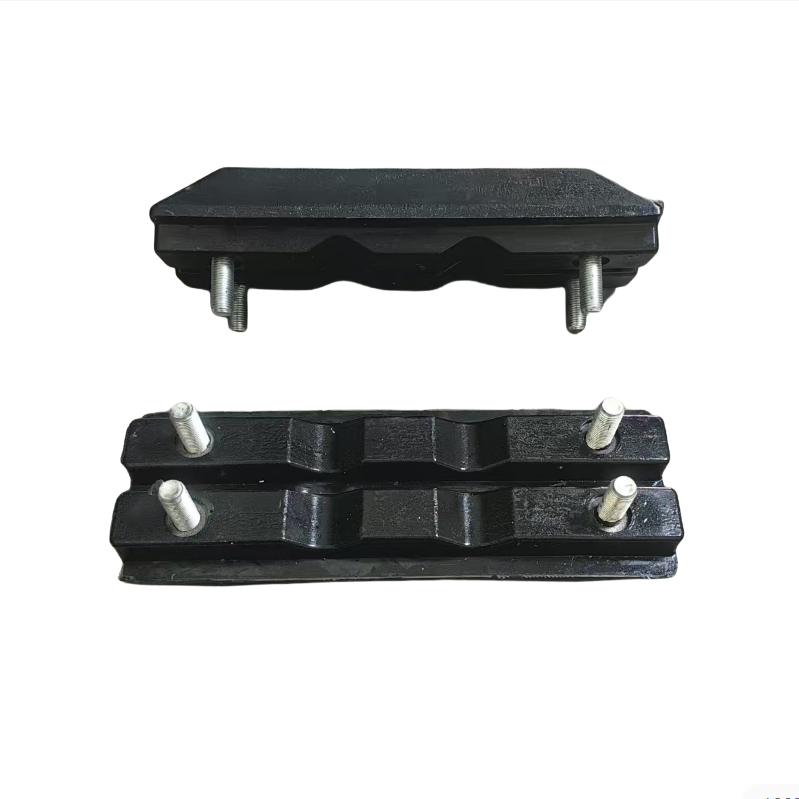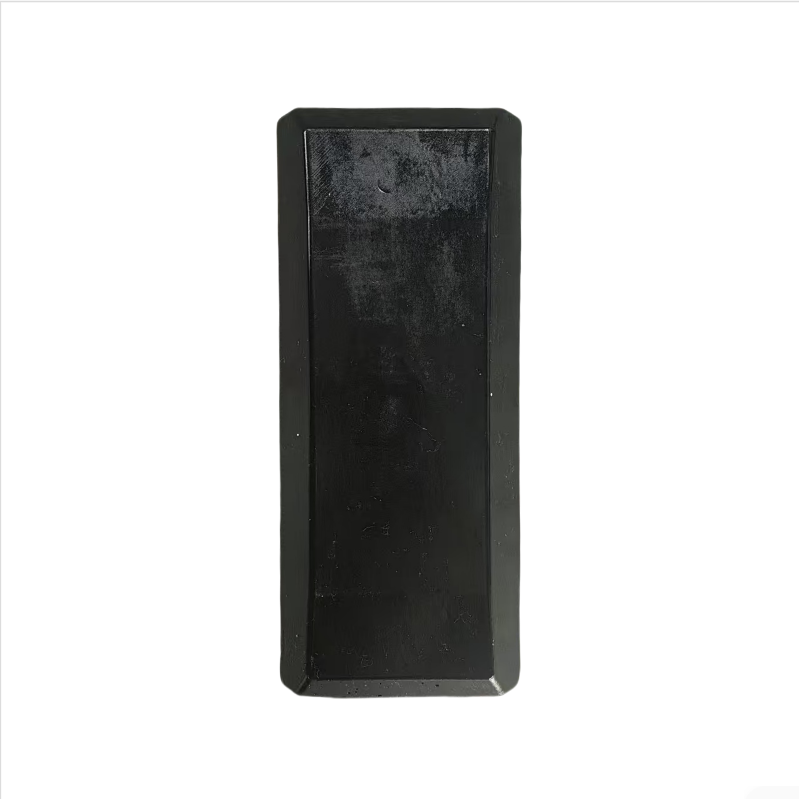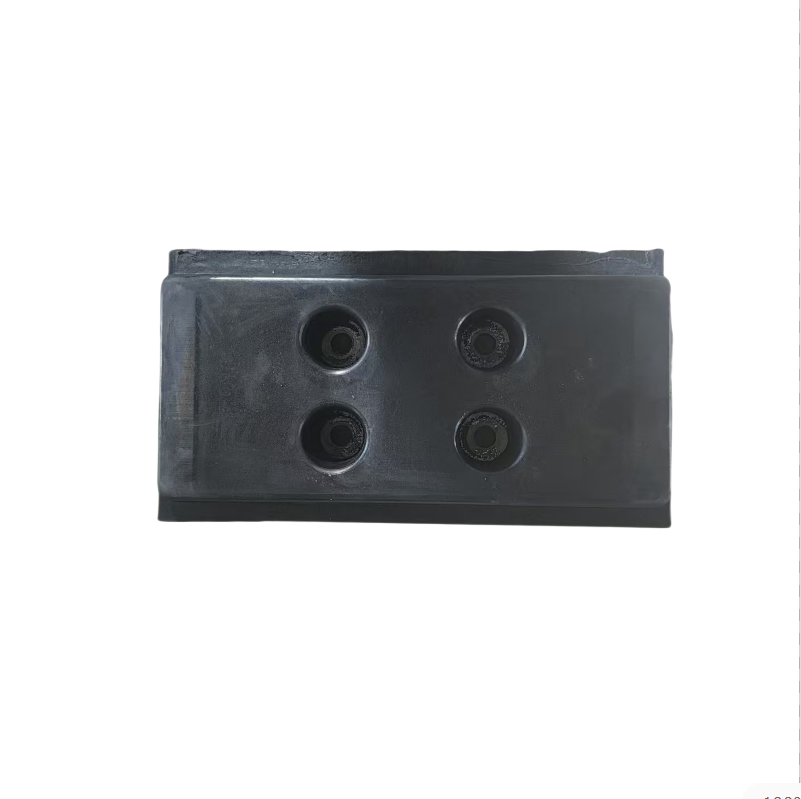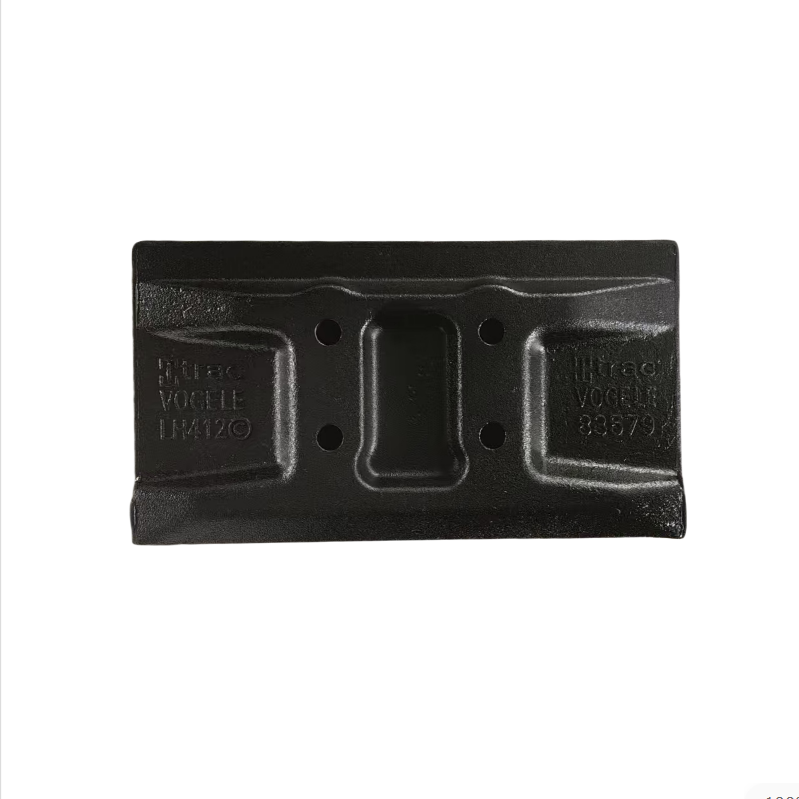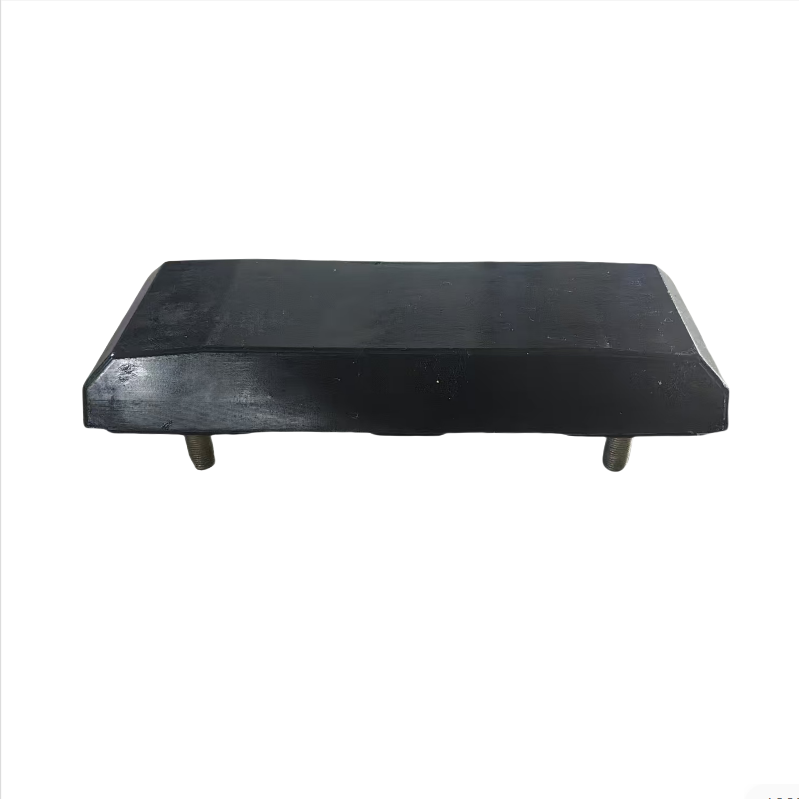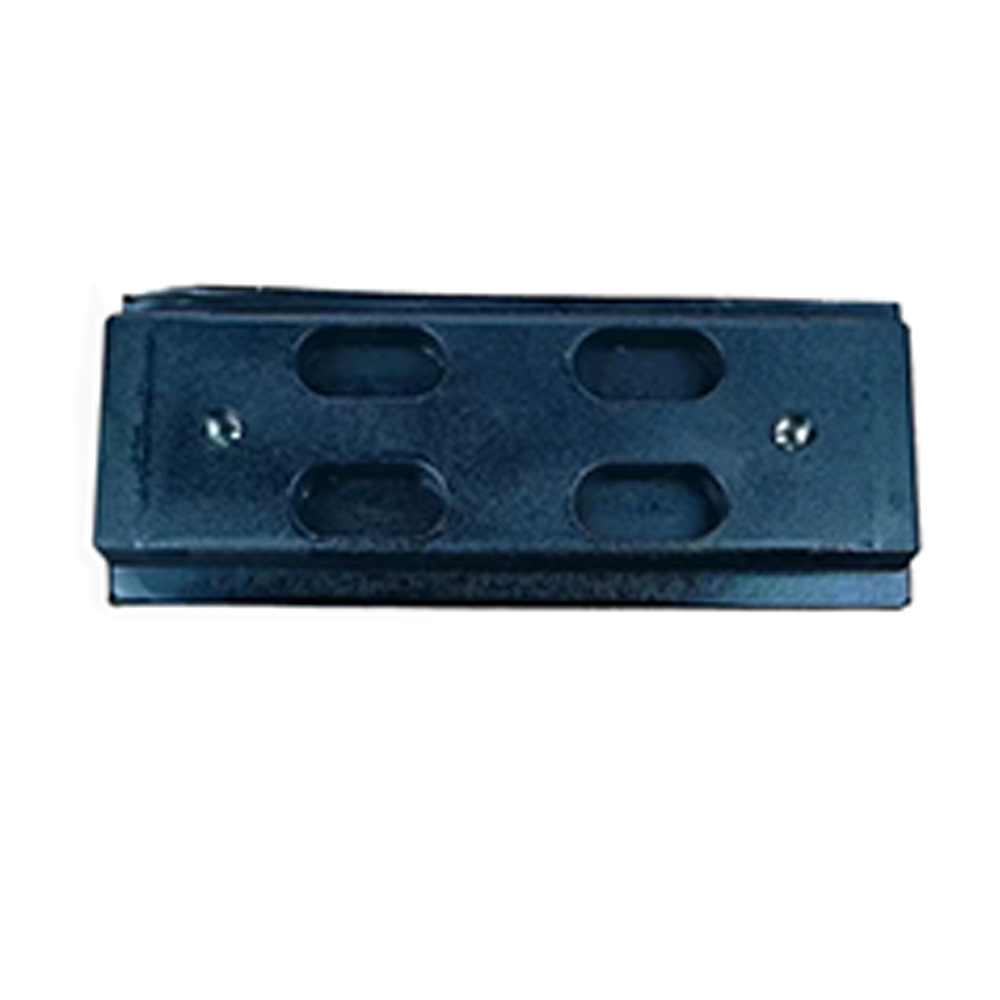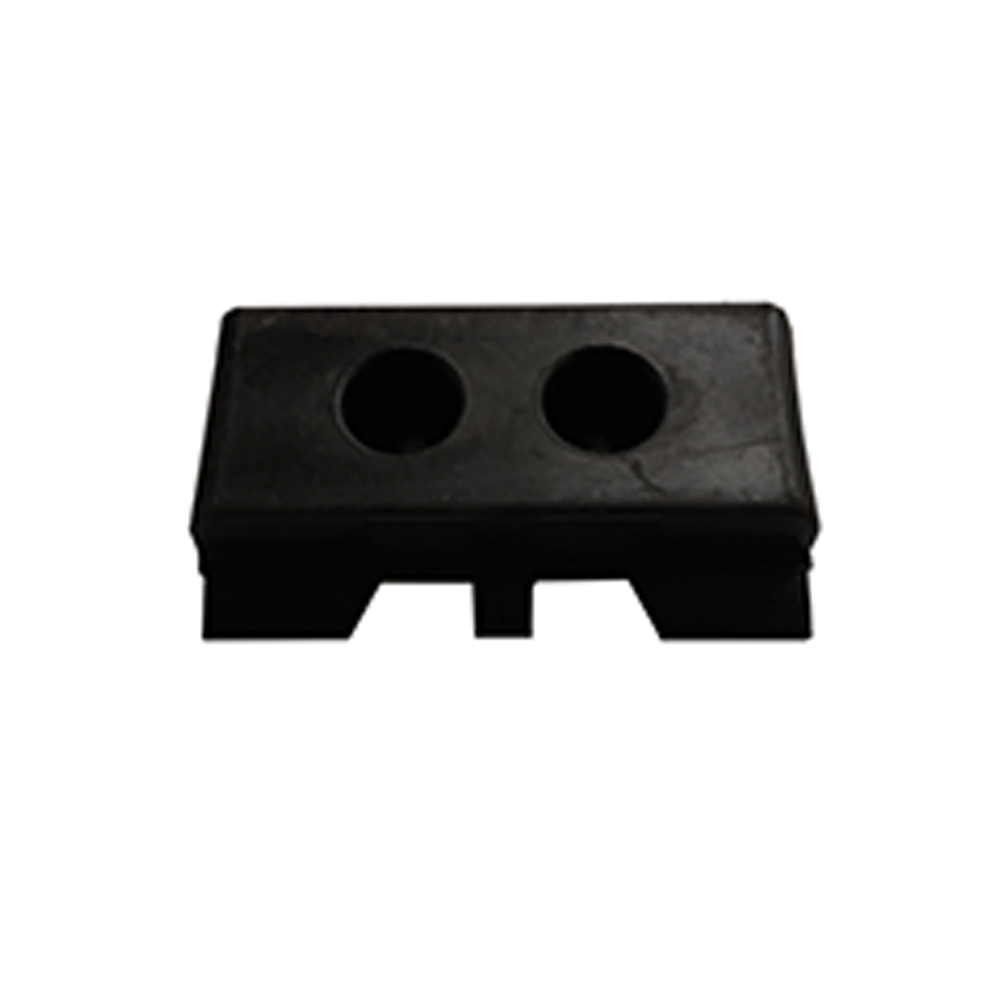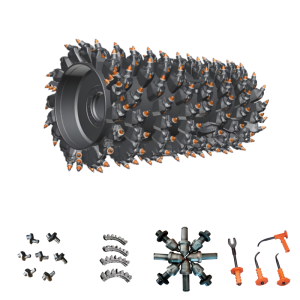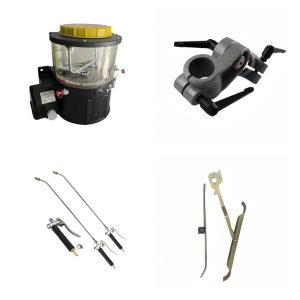- Protect the road surface and reduce damage
✅ Low ground pressure: Rubber track shoes disperse the weight of equipment, reduce the pressure on sensitive road surfaces such as asphalt and concrete, and avoid indentation or cracking.
✅ No metal scratching: The rubber surface will not scratch newly laid asphalt or hardened ground, suitable for municipal engineering, garden construction and other scenarios. - Shock absorption and noise reduction to enhance comfort
✅ Buffer vibration: The elasticity of rubber can absorb the impact of equipment walking, reduce cabin vibration, and improve operational comfort.
✅ Reduce noise: Compared to steel tracks, rubber tracks can reduce noise by 10-15 decibels, making them suitable for residential areas or nighttime construction. - Excellent anti slip performance
✅ Enhance traction: The rubber surface can be designed with patterns (such as herringbone or block patterns) to provide better grip on wet and muddy surfaces.
✅ Adapt to complex terrain: In soft conditions such as snow and sand, rubber tracks are less likely to slip than steel tracks. - Lightweight, energy-saving and efficient
✅ Reduce energy consumption: Rubber tracks are 20% -30% lighter than steel tracks, reducing equipment walking resistance and saving fuel or electricity consumption.
✅ Improving Mobility: Lightweight design is particularly suitable for small excavators or agricultural machinery, enhancing transfer efficiency. - Corrosion resistance and easy maintenance
✅ Chemical corrosion resistance: Rubber is not easily corroded by salt, acid, alkali, etc., making it suitable for use in coastal or chemical plant areas.
✅ No lubrication: No need to frequently add lubricating grease like steel tracks, reducing maintenance costs. - Adaptability to special environments
✅ Low temperature toughness: High quality rubber maintains elasticity at -30 ℃, avoiding brittle cracking in harsh cold environments (such as Northern Europe, Canada, etc.).
✅ High temperature stability: The heat-resistant rubber formula can withstand road surface temperatures above 100 ℃ for a short period of time (such as asphalt paving conditions).
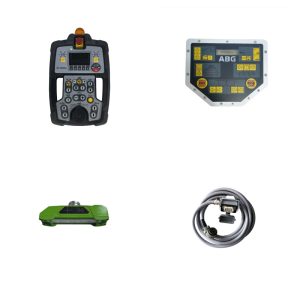
Computer operating system leveling system connecting cables electronic components
The computer control system of asphalt paver is the core part of modern paver, mainly used for precise control of paving thickness, smoothness, temperature and

